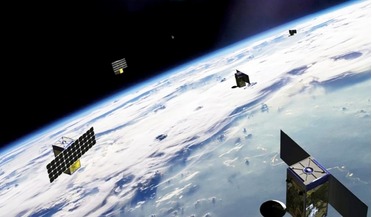 April 2019
The changing economics of space
April 2019
The changing economics of space
... of space are changing and space has an opportunity to become more adaptable to market demand. Though numerous multi-satellite constellations in low Earth orbit are being touted there will still be a place for large geostationary...
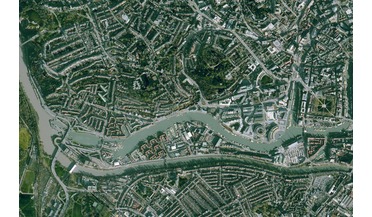 30 May 2017
Plans for Europe's first commercial video satellite constellation
30 May 2017
Plans for Europe's first commercial video satellite constellation
... locations - and predict future events with more certainty. The first R&D satellite will be used to test performance and confirm capabilities for the future constellation, including tasking, data downlinks to ground stations, and image quality and...
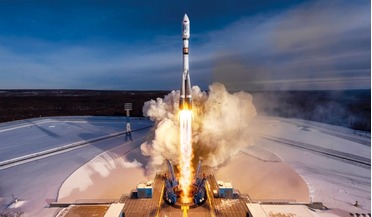 April 2019
Space launch industry analysis
April 2019
Space launch industry analysis
... make insurance a prerequisite for their financing deals. While the planned very large satellite constellations will have enough in-built redundancy via spare satellites and capacity to effectively ‘self-insure’ once in orbit, they will still want...
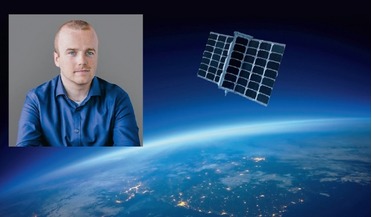 May 2022
Using space data to improve life on Earth
May 2022
Using space data to improve life on Earth
... focused on space situational awareness and debris monitoring. The agreement kicks off with a three-satellite constellation with optionality to scale it into the dozens. It is a perfect example of the way that our Space Services offering is ...
 September 2019
Space cybersecurity - why we mustn’t forget the basics
September 2019
Space cybersecurity - why we mustn’t forget the basics
... to operate it and monetise its data. Today things are different and although new satellite constellations being deployed include hundreds of identical satellites which preclude giving them catchy names, the fact remains that we cannot simply replace...
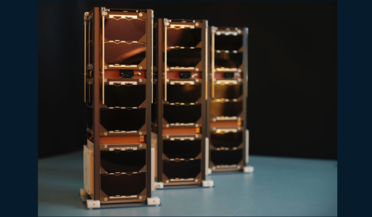 06 September 2017
First ever voice call by nano-satellite technology
06 September 2017
First ever voice call by nano-satellite technology
... space in June 2017 and is now preparing for the launch of a constellation of 200 more nano-satellites by 2020. Once carefully placed in selected orbits the nano-satellites will give equatorial coverage of the Earth, creating a global communication...